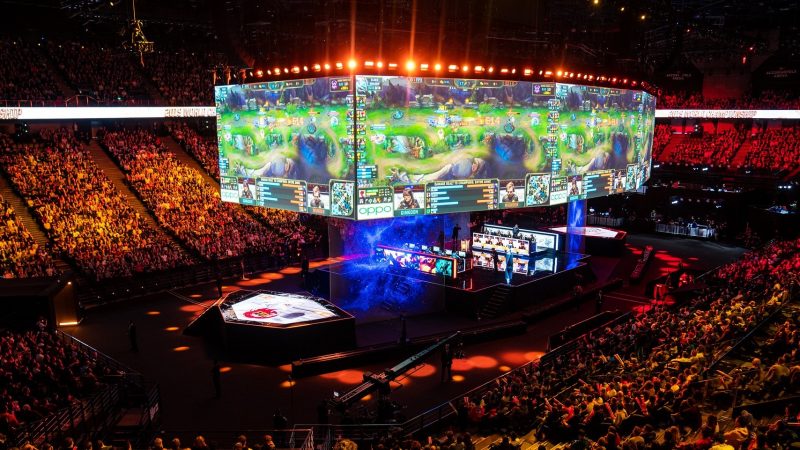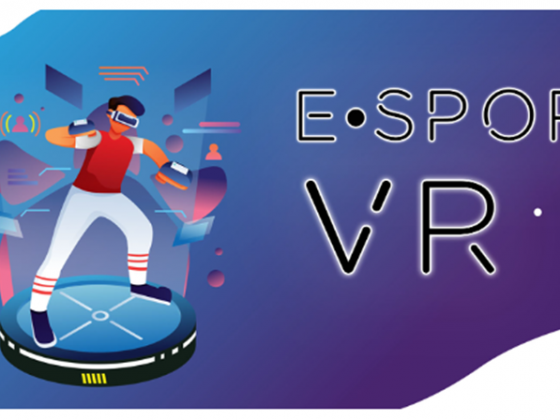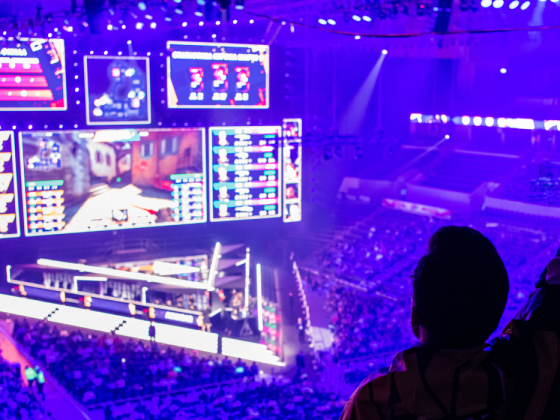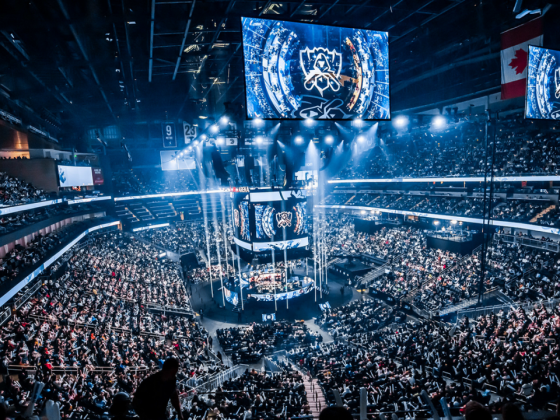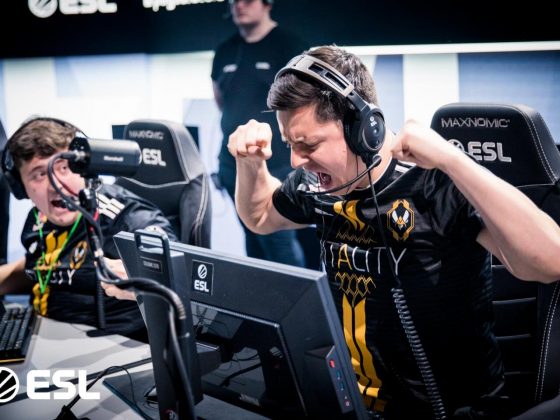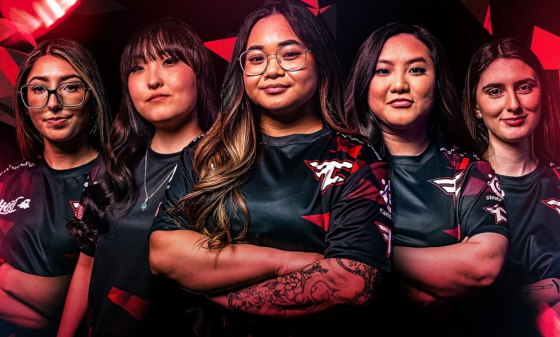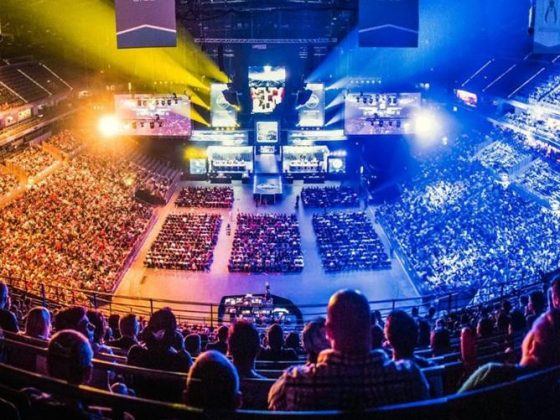Introduction
The world of sports has seen a significant transformation in recent years with the emergence of eSports. While traditional sports like football, basketball, and soccer have long held the spotlight, competitive video gaming has rapidly gained ground and now occupies a prominent place in the global entertainment landscape. Contrary to what some might assume, eSports and traditional sports are not in opposition; rather, they share a symbiotic relationship that is reshaping the sports industry.
The Rise of eSports
eSports, short for electronic sports, refers to organized video game competitions, often with professional players and substantial prize pools. Games like League of Legends, Dota 2, and Counter-Strike: Global Offensive have developed massive followings, attracting viewership that rivals some traditional sports events. This meteoric rise has led to eSports becoming a billion-dollar industry, with a global fan base that spans continents.
Symbiotic Benefits
- Cross-Promotion and Marketing One of the most apparent ways in which eSports and traditional sports interact is through cross-promotion. Many sports organizations have recognized the value of eSports in reaching younger, tech-savvy demographics. They have invested in eSports teams, hosted tournaments, and integrated gaming content into their marketing strategies. For instance, the NBA’s partnership with the NBA 2K League and Formula 1’s involvement in the F1 Esports Pro Series demonstrates this synergy.
- New Revenue Streams Traditional sports franchises have found new revenue streams by venturing into eSports. By participating in eSports leagues and hosting tournaments, they tap into a lucrative market. This diversification helps them remain financially stable and relevant in a rapidly evolving entertainment landscape.
- Shared Fan Base Many eSports fans are also fans of traditional sports, and vice versa. This shared fan base creates opportunities for both industries to thrive. It’s not uncommon to see eSports events drawing large crowds, with traditional sports enthusiasts attending or tuning in to watch. This cross-pollination fosters a sense of unity among sports enthusiasts.
- Technological Advancements eSports have driven technological advancements in the world of traditional sports. The use of advanced analytics, virtual reality, and augmented reality in eSports has inspired similar innovations in areas like player performance analysis, fan engagement, and stadium experiences.
- Skill Transfer Surprisingly, skills developed in eSports can translate into improved performance in traditional sports. Hand-eye coordination, reflexes, and strategic thinking honed in the virtual arena can benefit athletes in real-world sports.
Challenges and Considerations
While the symbiotic relationship between eSports and traditional sports offers numerous benefits, it’s not without challenges. Some traditional sports purists may resist change, viewing eSports as a threat to the authenticity of their favorite pastimes. Additionally, the eSports industry faces issues related to player burnout, mental health, and the need for standardized regulations.
Conclusion
The coexistence of eSports and traditional sports is not a competition but a collaboration. These two worlds, once seemingly at odds, are now working together to create a more dynamic and inclusive sports landscape. The symbiotic relationship between eSports and traditional sports brings mutual benefits, from cross-promotion and new revenue streams to shared fan bases and technological advancements. As these industries continue to evolve, they will likely shape the future of sports and entertainment in unprecedented ways.
In this era of constant change, it’s evident that eSports and traditional sports are better together, and their partnership will only grow stronger in the years to come.
